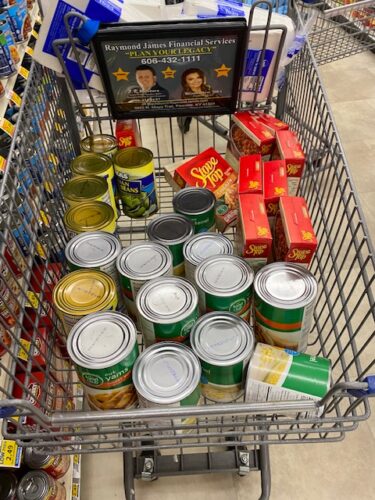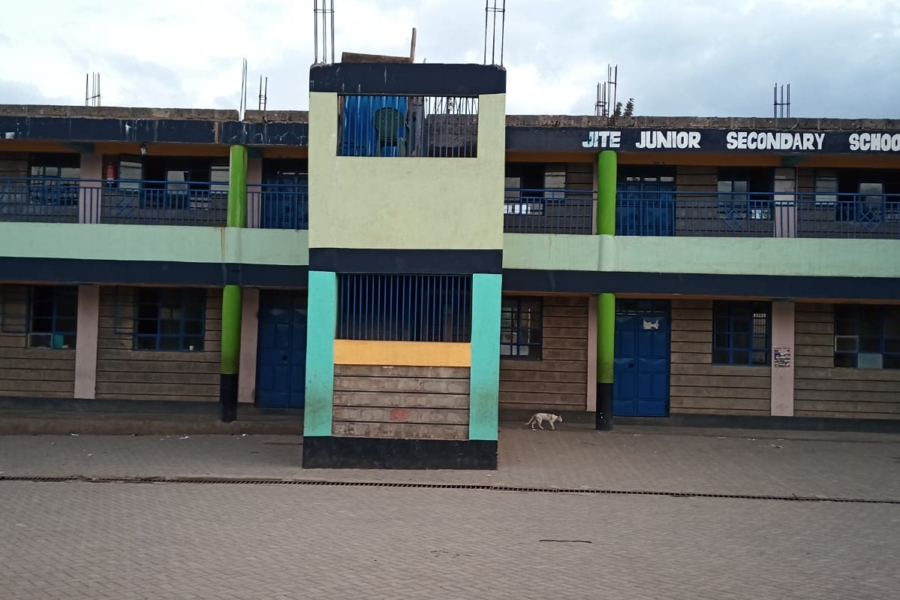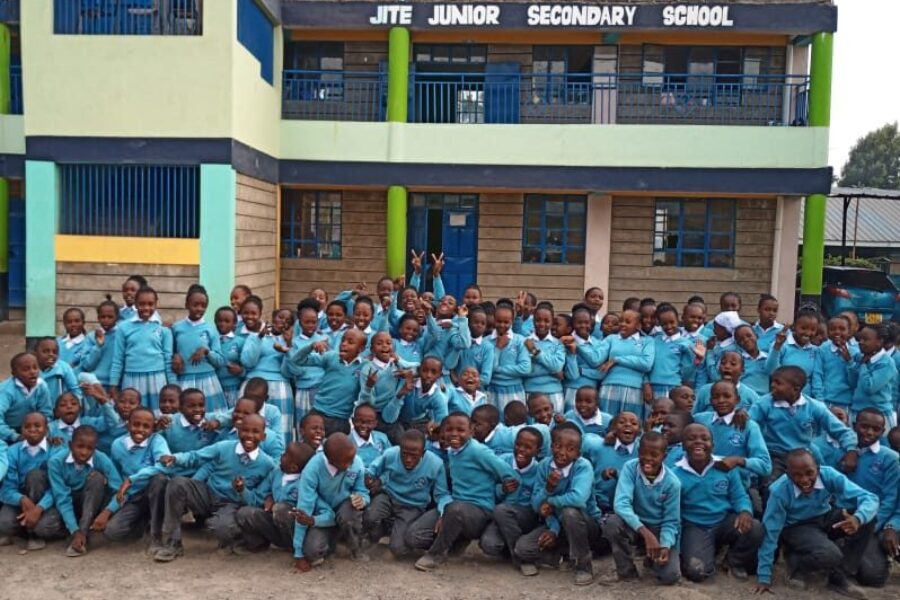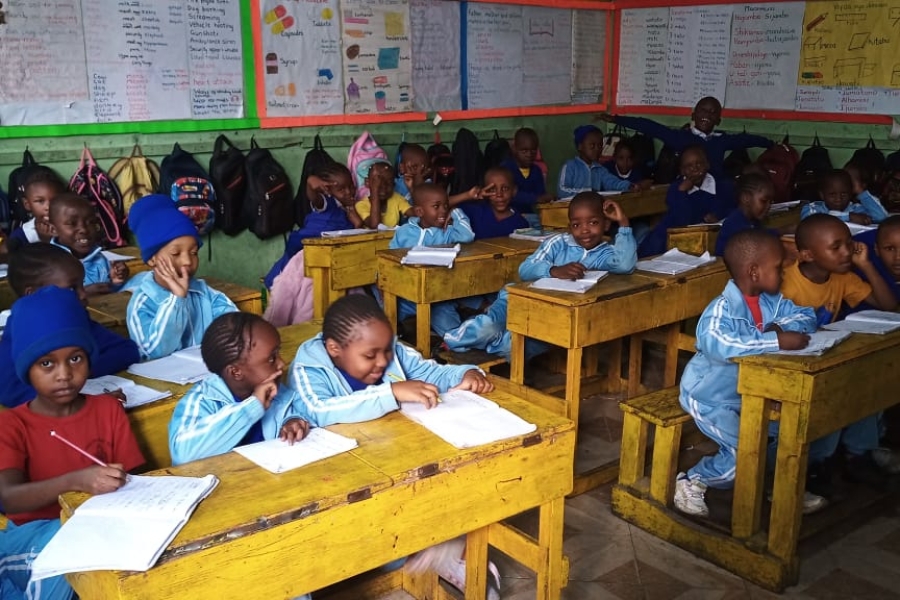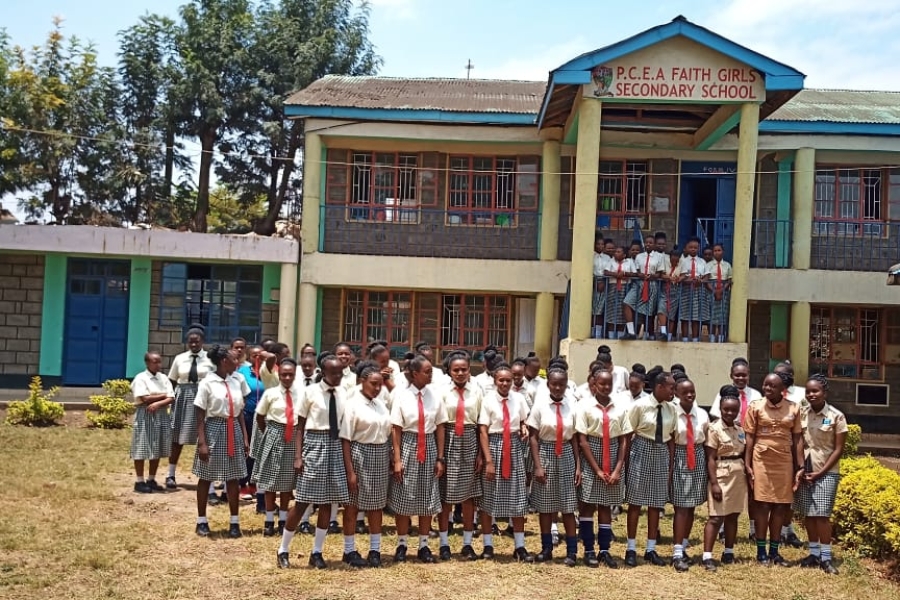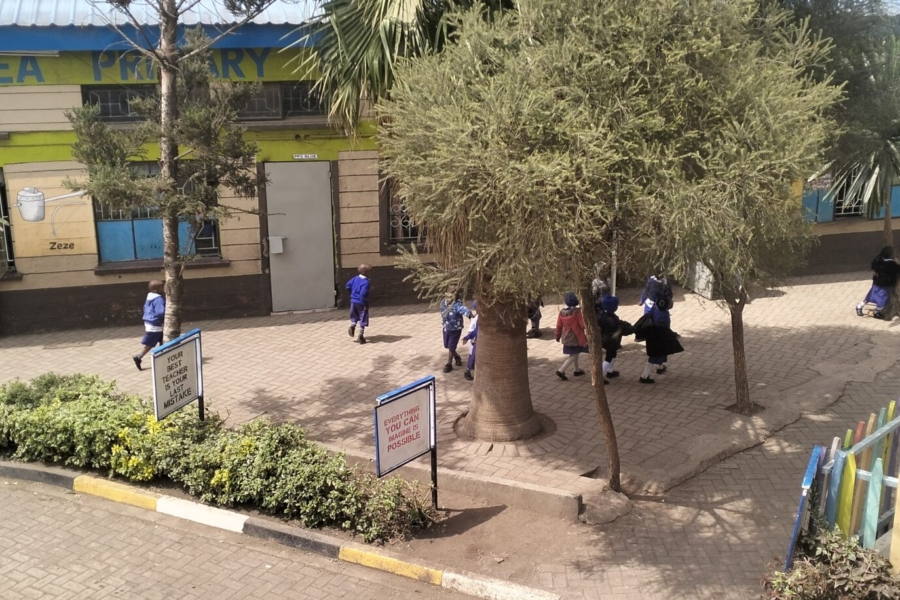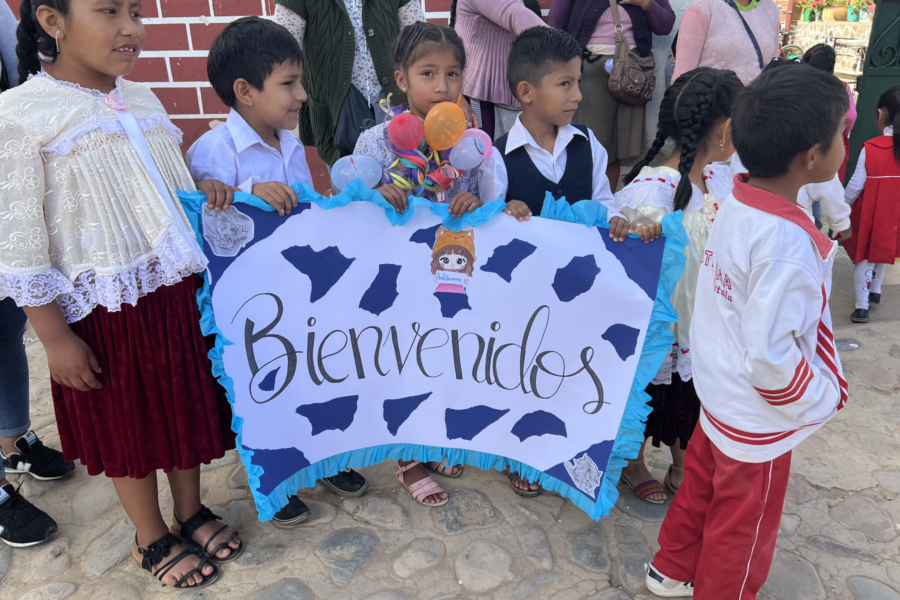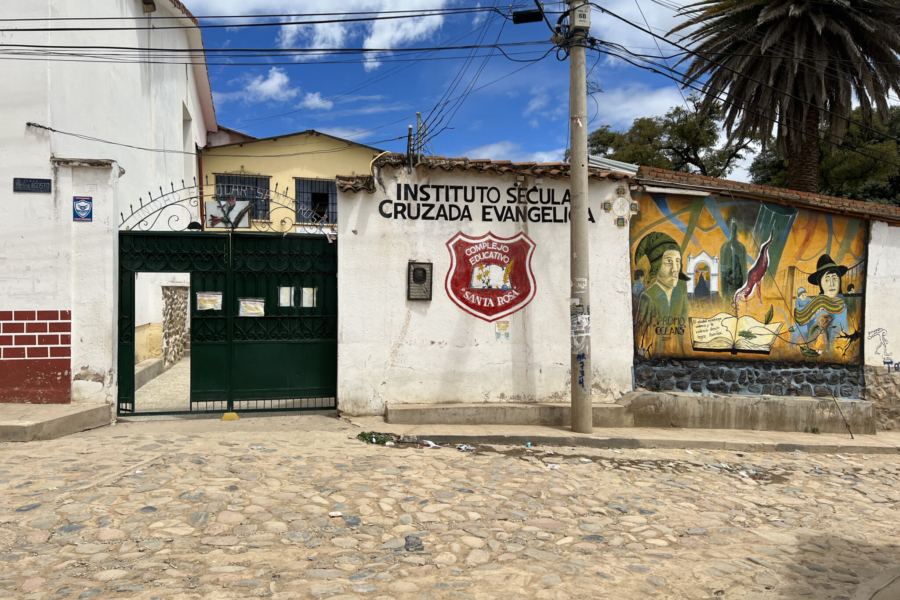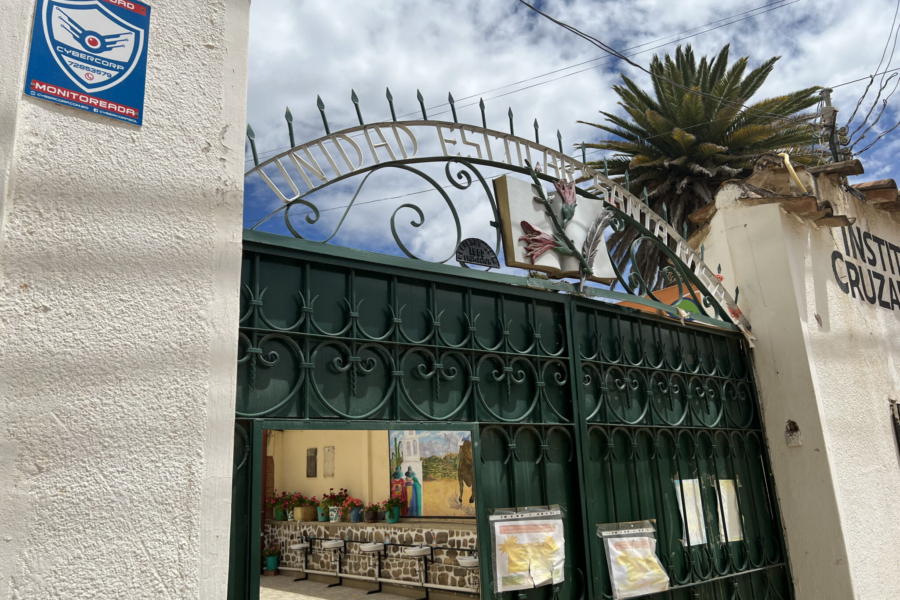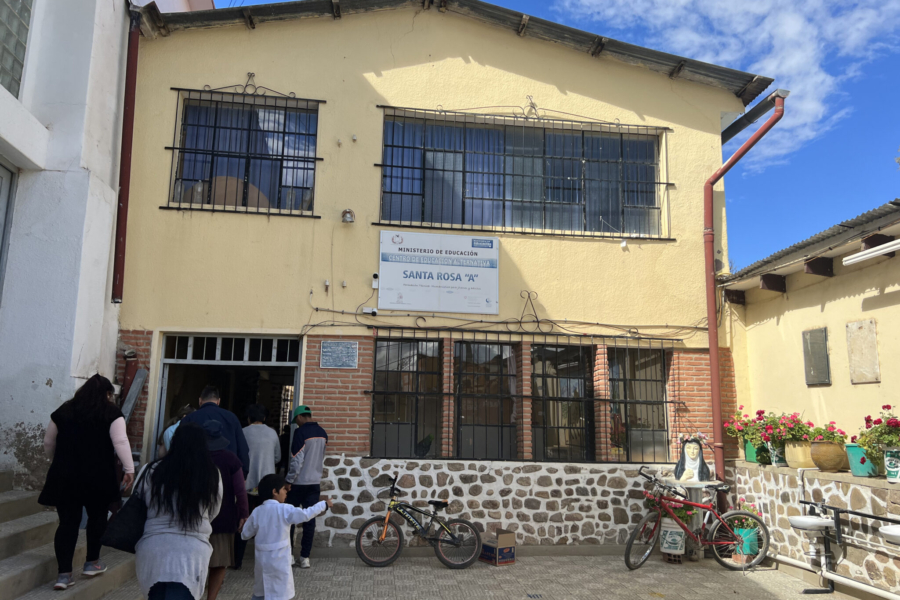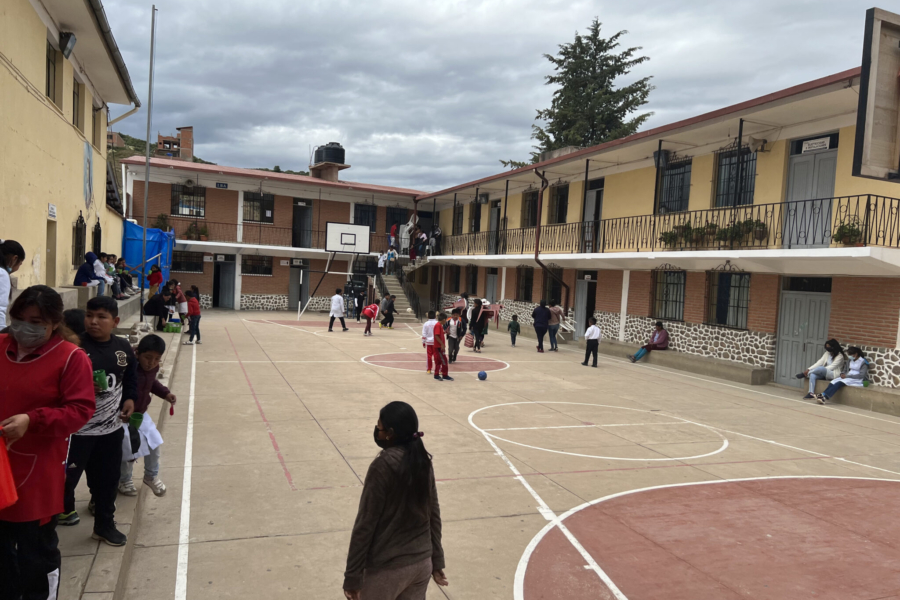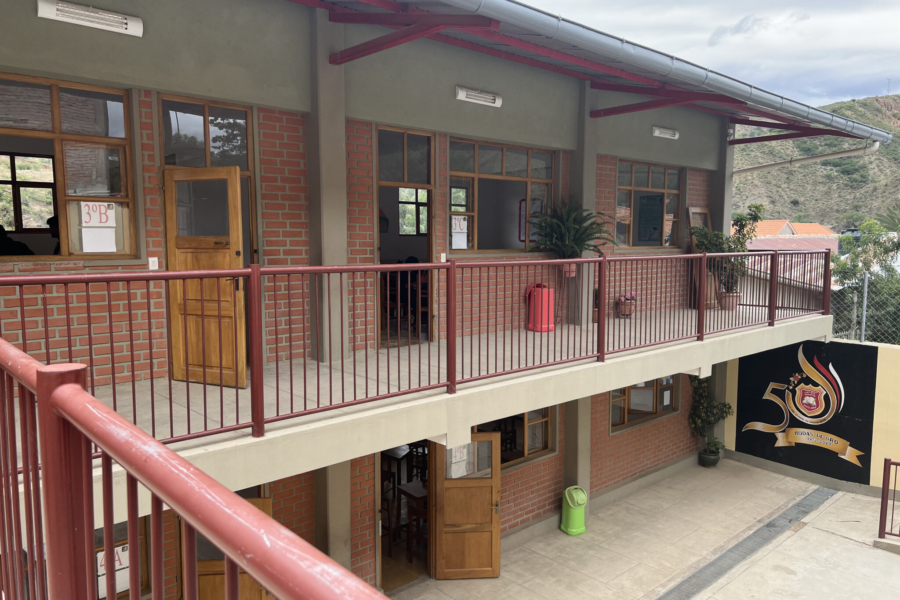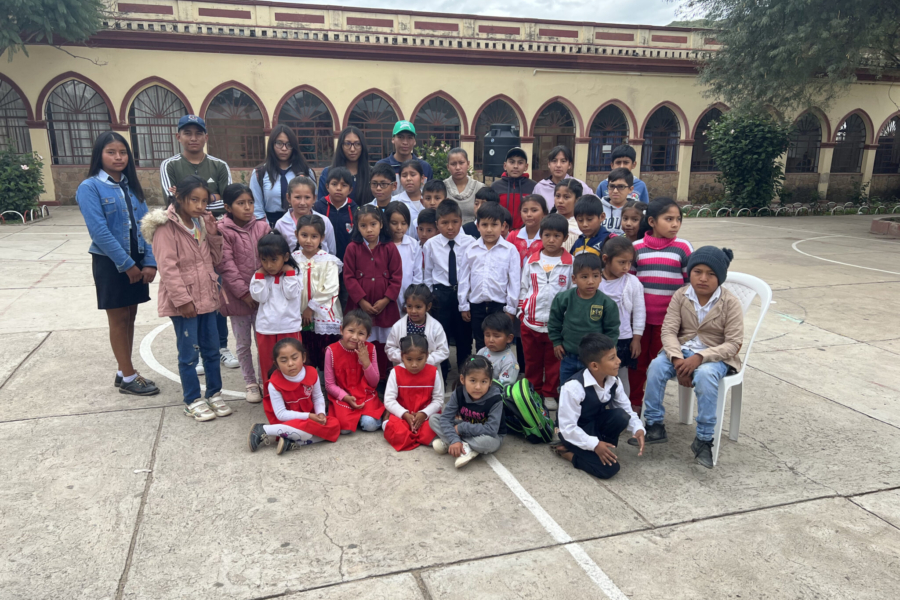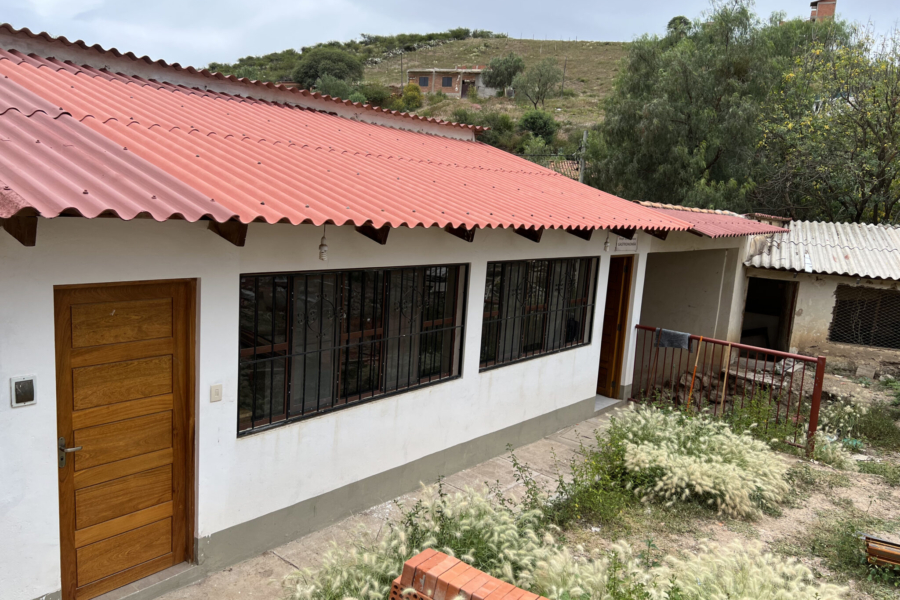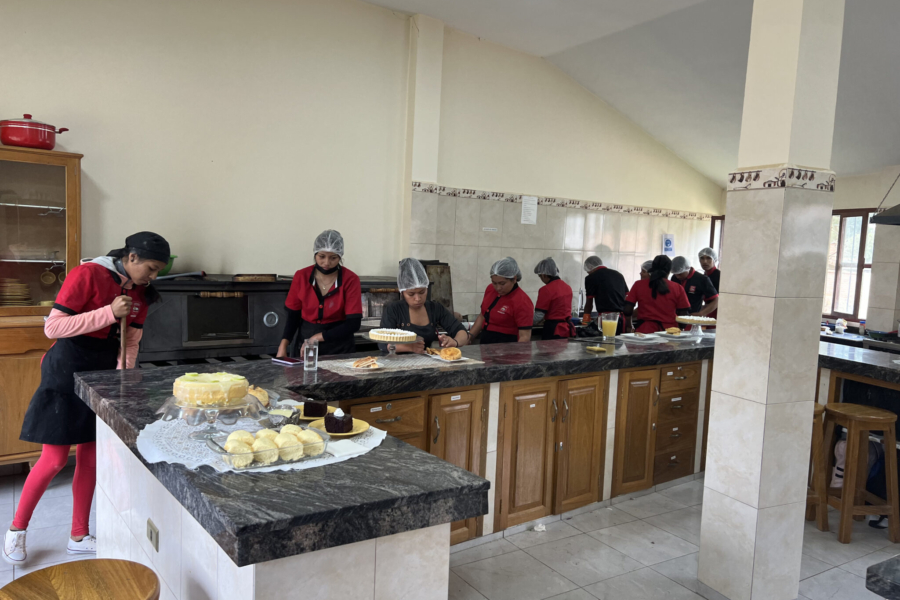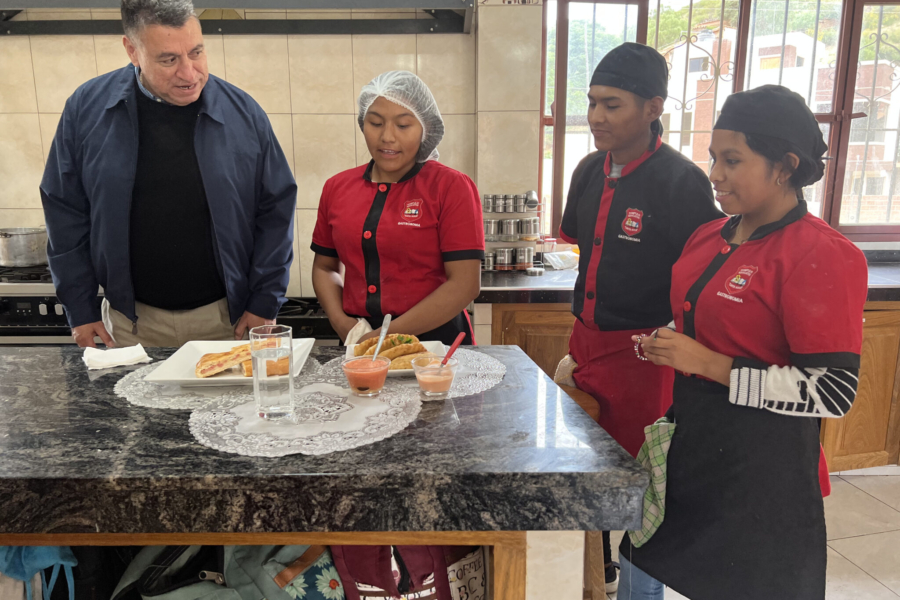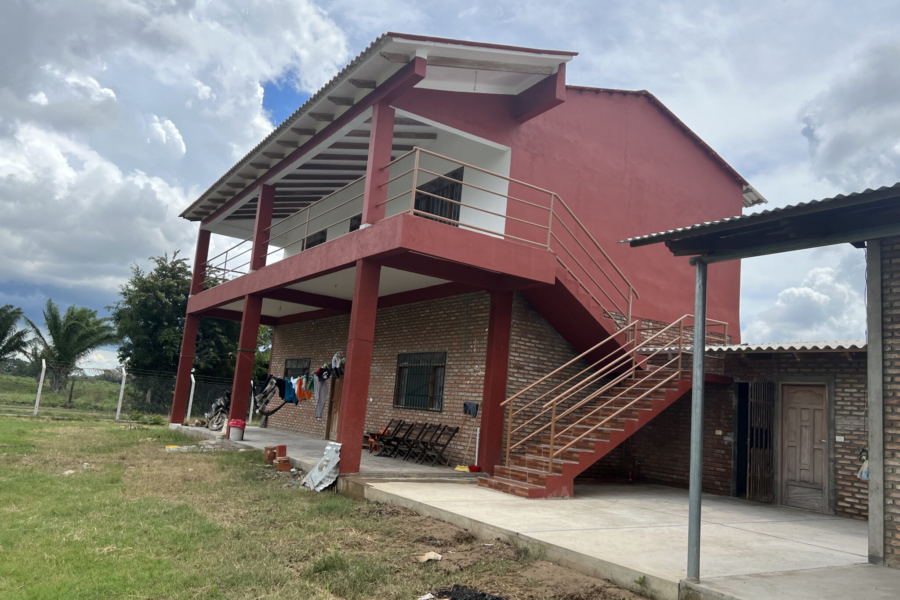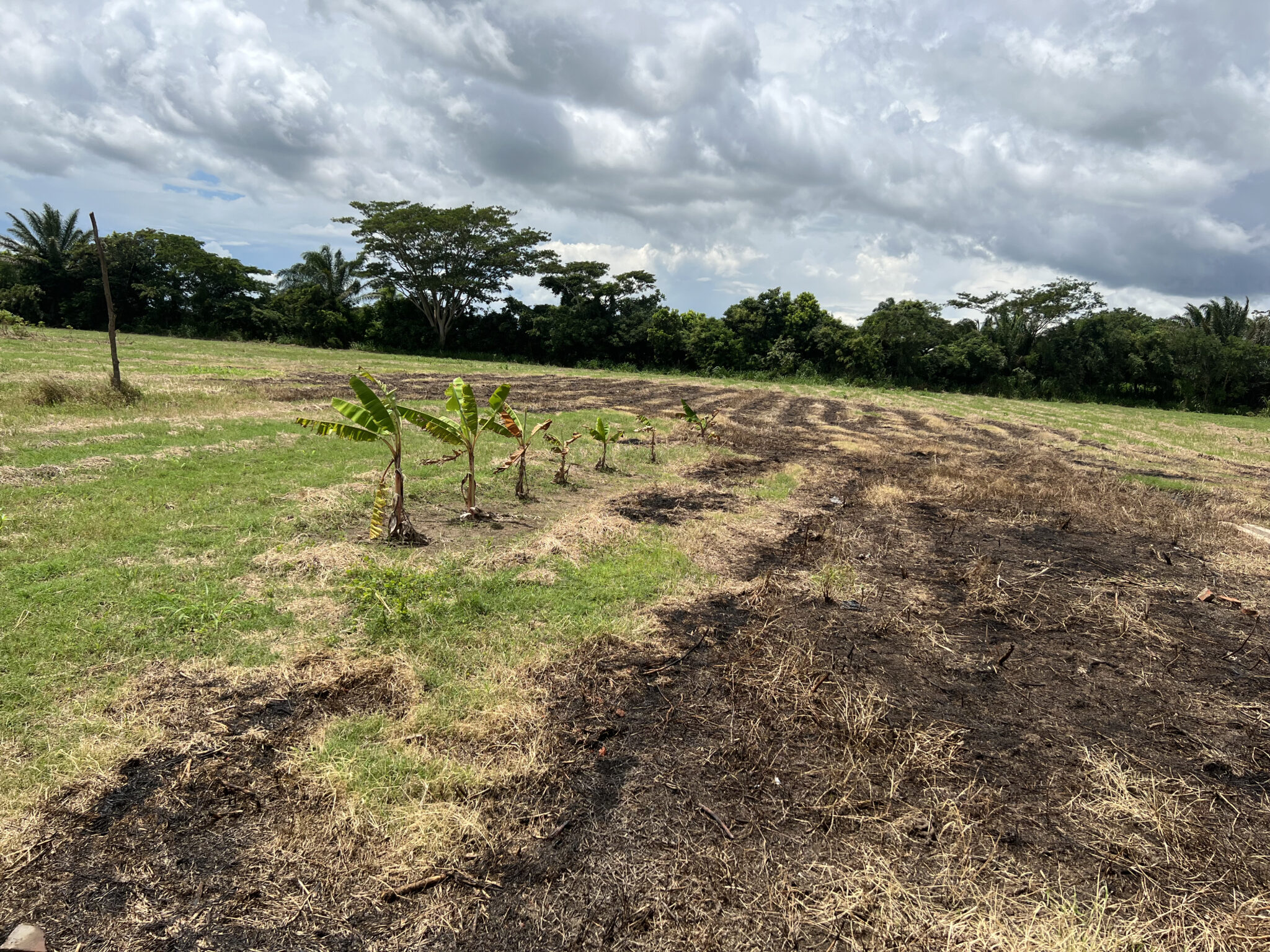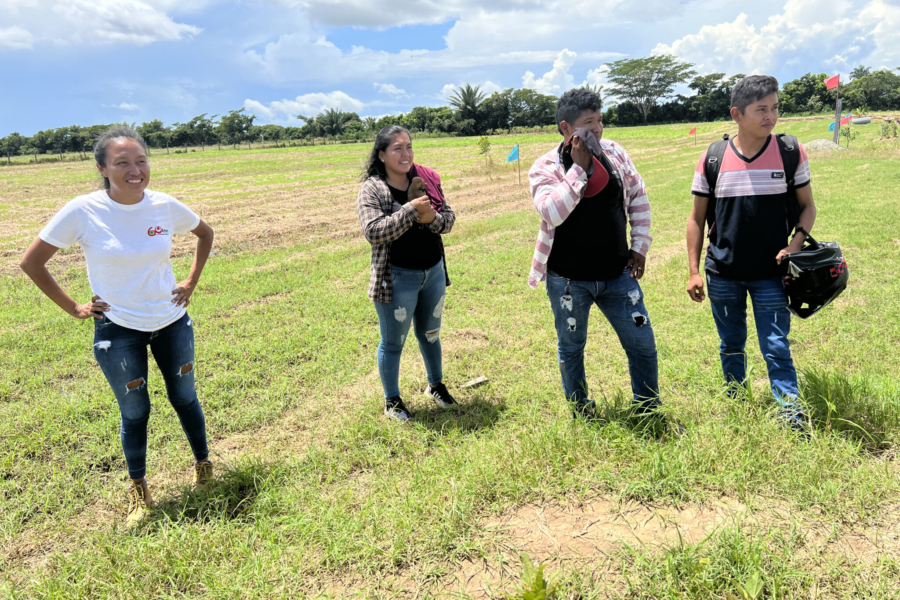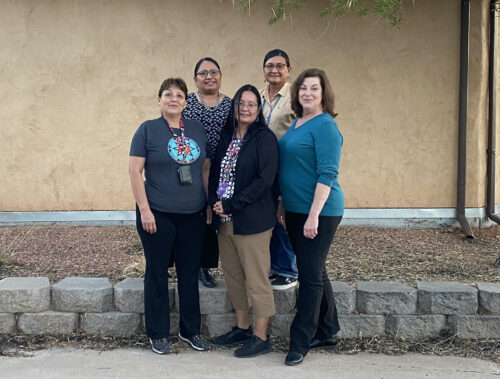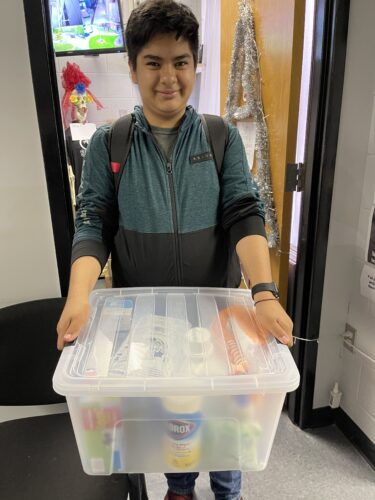Many of our affiliated sites in Eastern Kentucky were greatly impacted by flooding last year, which left communities devastated and families homeless. Thanks to our Hope In Action Fund, which allows us to respond to emergency situations that arise, we were able to help many people start to rebuild their lives.
“To be confident in one’s appearance is a must, and Children Incorporated and their generous sponsors help these students break social barriers and reach their full potential.”
Today we hear from Linda at Highland Turner Elementary School, who writes to tell us about how our donors and sponsors helped children in our program during the flooding, while also offering them much-needed support throughout the year.
A Note from Linda
“As a new coordinator starting a new job and coming into the school year dealing with a historic flood and extensive loss in the county, I consider Children Incorporated to be a blessing. The ability to request assistance in the form of a mini grant and to receive Hope In Action funds helped not only sponsored children but many other students in need at our school, providing shoes and basic needs that are necessary for children to thrive emotionally and academically.”
“Sponsored students enjoy receiving gifts, cards and letters from their sponsors, but for the students at my school, it’s more than just recieving mail and packages — it’s knowing that there are people out there in the world who care about them, people who are invested in their well-being and want to see them succeed.”
Breaking Social Barriers
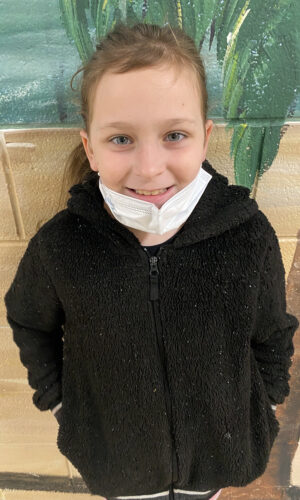
Sponsorship provides children with basic needs, and gives them a sense of self-esteem, which is just as important to their growth and development.
“There is no argument that education is important, but a child’s self-esteem is equally vital, and that’s where the cards, letters, special gifts, and funds provided by Children Incorporated sponsors come in. The sponsored students’ accomplishments include completion of 6th grade certificates, medals, and citizenship awards. Students who receive citizenship awards in particular have shown that they care for their fellow classmates. They are leaders. They are strong and kind. To be confident in one’s appearance is a must, and Children Incorporated and their generous sponsors help these students break social barriers and reach their full potential, whether it be in the form of new school clothes, a pair of shoes or basic hygiene needs such as deodorant, lotion, soap, or toothpaste.”
“Academic success involves educating the whole child, and Children Incorporated sponsors see that this success is possible through their kindness and generosity. Sponsors who recognize birthdays reiterate the belief that they do truly care, and I can’t stress this enough. Birthdays and holidays are extremely important to our students, and the extra cards, special funds, gifts, and letters are greatly appreciated. Those smiles and statements such as ‘I love my sponsor’ or ‘Wow, how did they know I wanted that or I needed that?,’ make it a privilege to be a part of such a great program.”
“After a shopping trip and item distribution to sponsored students, the children are so excited to look through their new items. Some will even stop by my office to show off their new outfits. These gifts remove social barriers for our students and build self-confidence that is evident in the smiles on their faces.”
“With the end of the school year at hand, the last shopping trip included necessary items needed for field trips and for summer fun like hats, sunglasses, swimsuits, and swimming trunks as well as new shorts, summer dresses, shirts, underwear, and flip flops. As a coordinator, it’s a relief to know that these students will embark on summer break with these needs met. Thank you, sponsors! Thank you, Children Incorporated! Keep up the good work.”
Sincerely,
Linda
***
HOW DO I SPONSOR A CHILD WITH CHILDREN INCORPORATED?
You can sponsor a child in one of three ways: call our office at 1-800-538-5381 and speak with one of our staff members; email us at sponsorship@children-inc.org; or go online to our sponsorship portal, create an account, and search for a child that is available for sponsorship.

